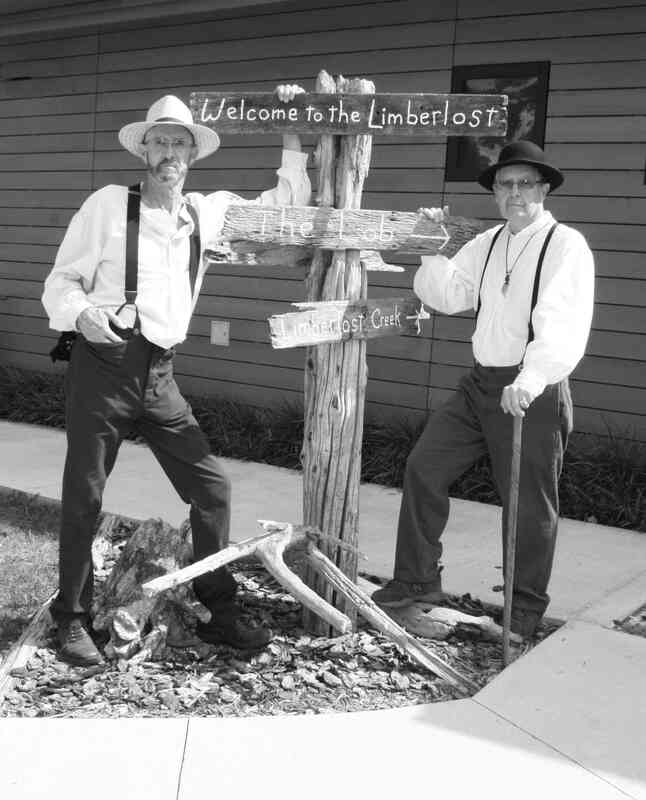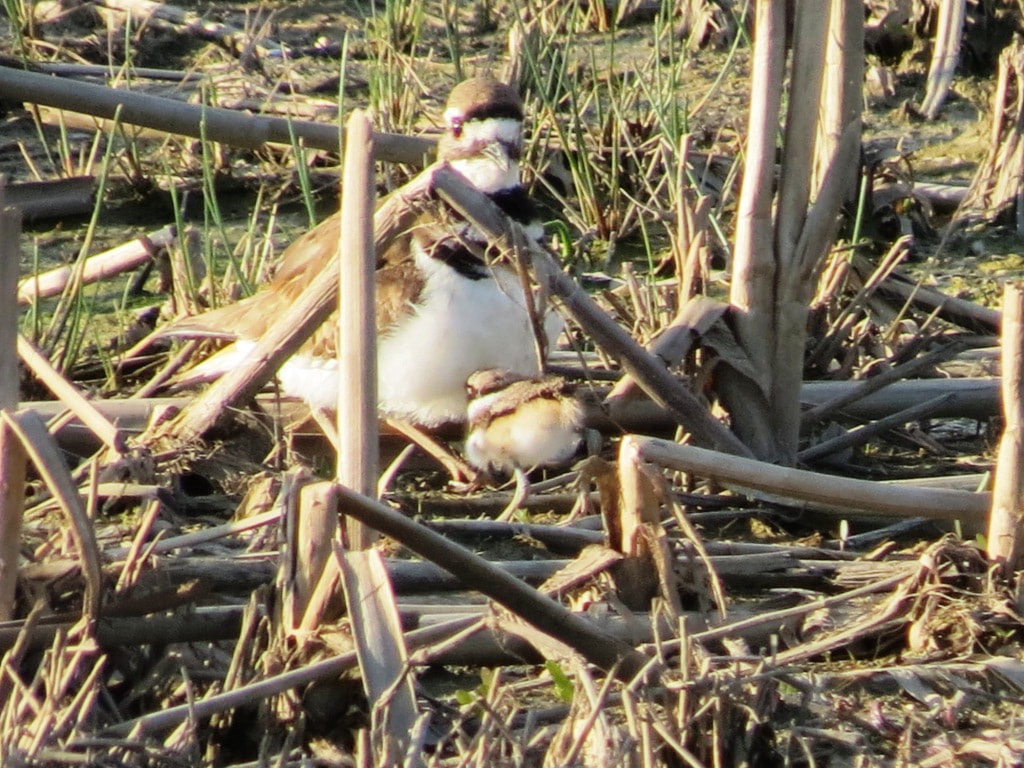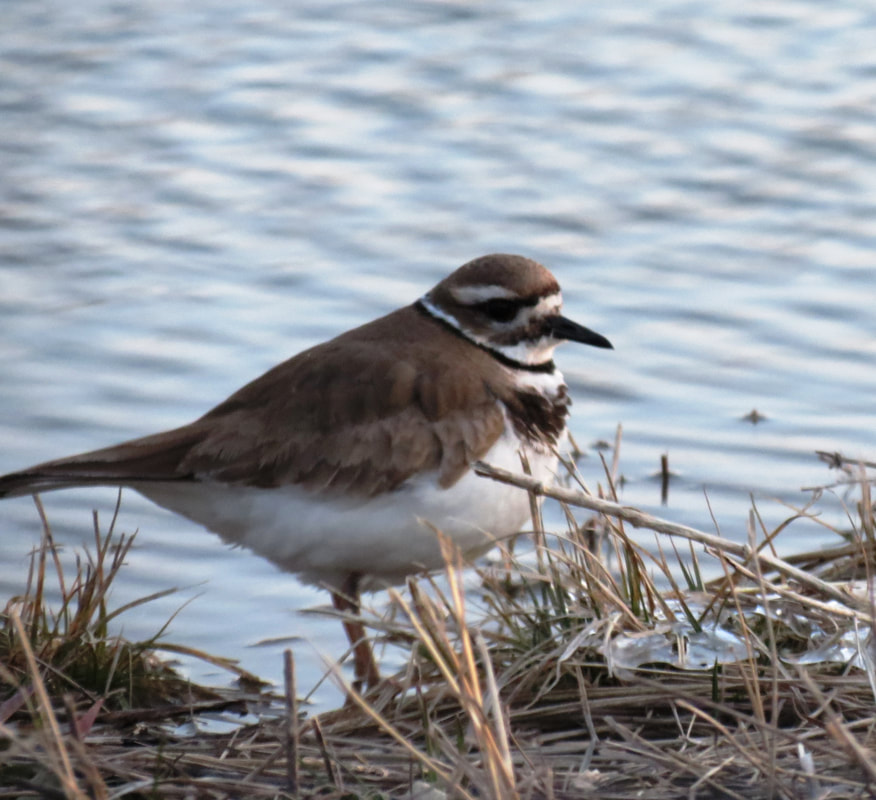By Curt Burnette
The Limberlost Swamp was a large wetland. It was roughly two miles wide and ten miles long, stretching from northeast of Geneva (Rainbow Bottom) to several miles southwest of town (Loblolly Marsh), and spanning 13,000 acres (20 square miles) before its destruction. The Limberlost contained swamp and marsh interspersed with higher, drier forest and seasonally flooded bottomland hardwood forest. But compared to two other wetlands that existed at the same time in Indiana and Ohio---it was tiny.
In northwest Indiana, not far south of Lake Michigan, was one of the largest freshwater marshes in the United States--the Grand Kankakee Marsh. It covered almost 500,000 acres. The Kankakee River was the heart of this great wetland. The Kankakee was 240 miles long before it was channelized, with around 2000 twists and turns along its length contributing to the wet, marshy nature of the area. Because of its vast size and outstanding quality of habitat, it was sometimes referred to as the "Everglades of the north." Sportsmen from all over the United States, and even the world, came to hunt the bountiful waterfowl that lived there, and resorts sprang up within it to cater to the citizens of the great city of Chicago, not far to the northwest.
The Great Black Swamp was located mostly in northwest Ohio, but extended into Indiana. It was enormous. The Black Swamp was almost 120 miles long and up to 40 miles wide at spots, covering about 1500 square miles or 980,000 acres. It stretched from just east of Fort Wayne to southwestern shore of Lake Erie. It was much like the Limberlost in that it was a network of swamp, marsh, forest, and grasslands. The Great Black Swamp was more infamous than it was famous. At certain times of the year--local residents declared--only adult men could withstand the rigors of traveling through it, and water levels would be up to the bellies of horses on the few roads that traversed it.
These three mighty wetlands were a result of the retreat of the last glacier that covered parts of Indiana and the upper Midwest. Another commonality was their destruction at the hands and machines of humanity. The felling of trees for lumber and land clearing, the ditching and rivers combined to lead to the demise of these titans of nature. They also have a common future. Grass-roots organizations--such as Limberlost Swamp Remembered, The Nature Conservancy (Kankakee Sands Restoration), and the Black Swamp Conservancy--are helping to restore and preserve relatively small, but valuable, remnants of each. These former natural wonders can never return to their glory days of the time before the Midwest was settled and tamed, but they can continue to be an important part of the Hoosier and Buckeye landscapes for a long time to come.



 RSS Feed
RSS Feed
